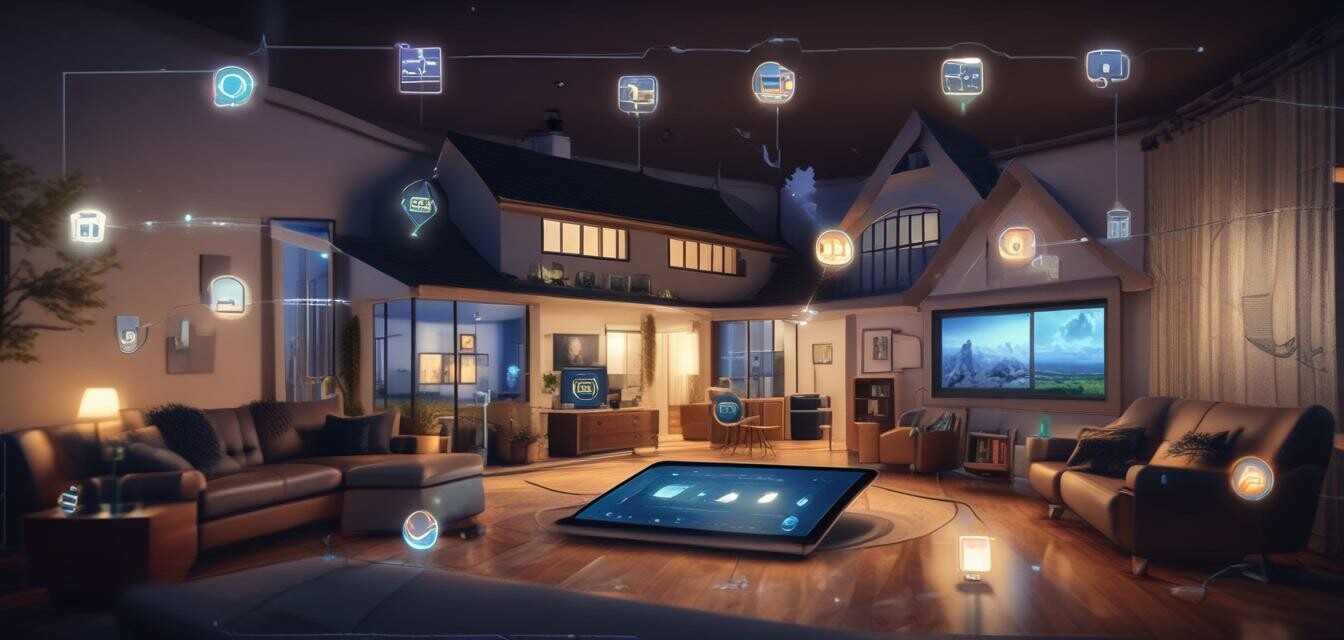
Preventing Smart Home Hackers: Essential Tips
- Regularly update your device software to the latest versions.
- Use strong, unique passwords for all your devices.
- Enable two-factor authentication whenever possible.
- Secure your home Wi-Fi network with robust encryption.
- Be mindful of IoT device locations and settings.
With the advancement of technology, smart home devices are becoming more popular, offering convenience and security. However, this increase in connectivity also brings risks. Hackers are always on the lookout for vulnerable devices in smart homes. This article will provide you with essential tips to fortify your home against hacking attempts and ensure your smart home remains secure.
Understanding the Risks of Smart Home Devices
Smart home devices are attractive targets for cybercriminals. They often lack robust security protocols that are standard for traditional computers. By exploiting vulnerabilities, hackers can gain unauthorized access to your home network and devices. Here are some common risks:
| Risk | Description |
|---|---|
| Unauthorized access | Hackers can control devices or collect personal information. |
| Data breaches | Sensitive information can be stolen or misused. |
| Device takeover | Attackers can use your devices for malicious purposes. |
Essential Security Tips for Your Smart Home
1. Update Your Device Software Regularly
Manufacturers often release updates to fix security vulnerabilities. Keeping your devices' firmware and software up to date is crucial in protecting against hackers.
2. Use Strong Passwords
Utilize unique and robust passwords for all smart home devices. Avoid default passwords that come with devices and implement combinations of letters, numbers, and symbols. Consider using a password manager to keep track of your passwords securely.
3. Enable Two-Factor Authentication (2FA)
Two-factor authentication adds an extra layer of security. Even if a hacker obtains your password, they would still need the second verification method to access your devices.
4. Secure Your Wi-Fi Network
Ensure your home Wi-Fi network has strong encryption protocols such as WPA3. Regularly change your Wi-Fi password and keep it separate from other passwords.
5. Be Mindful of IoT Device Settings
Some devices come with default settings that may not be secure. Review and adjust settings to make your devices less accessible to unauthorized users. This includes disabling features that aren't needed, such as remote access.
Combining Different Devices for Enhanced Security
A comprehensive security system often includes multiple devices working together. Here are some combinations to consider:
- Smart Cameras + Motion Sensors: For real-time alerts and footage when motion is detected.
- Smart Locks + Doorbell Cameras: For monitoring access points effectively.
- Alarm Systems + Home Automation Devices: To create automation rules that enhance security when away from home.
Stay Informed About New Threats
Keep an eye on the latest news and trends in smart home security. As the technology evolves, so do the tactics employed by hackers. Regularly educating yourself about emerging threats can better prepare you to protect your home.
Conclusion
By implementing these security measures, you can significantly reduce the chances of falling victim to smart home hackers. Stay vigilant, update your security protocols, and invest in the right devices to keep your home safe. For more insights on enhancing your smart home security system, check out our Tips & Best Practices.
Pros
- Enhanced security and privacy for your home.
- Peace of mind while away from home.
- Easy integration of various devices.
Cons
- Initial setup may be complex for some users.
- Ongoing maintenance needed for software updates.
- Risk of vendor lock-in with certain brands.
